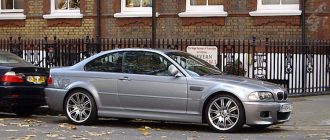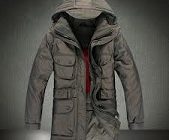Interested in the German pilot helmet? Learn more about the German pilot helmets for the ground units and airborne soldiers…
Different Air Force units were formed by German Hermann Göring. He is credited with reviving a fledgling German air power. This started as a band of politically motivated organizations that were disorganized and inefficiently managed and was transformed into a commanding force in the European skies. The German Air Force became a force to contend with. There were different helmets utilized by the Luftwaffe or German Air Force personnel both in the air and on the ground.
Description of the Paratrooper Luftwaffe Helmet
The basic German paratrooper helmet was made out of the shell that looks similar to a chopped down M-35. Even though the earlier productions had different vents, the ones on the paratrooper helmet are completely different in terms of the liner and the vents placed on the M – 35. There is a lot of information on paratrooper helmets available today.
These helmets have been reproduced in great quantities and are sold off as originals. However, it is very important to note that the largest numbers of helmets were issued by the German Army rather than the Air Force. That said, it is amazing to see the high quality of reproduction helmets available today.
Analyzing the Paratrooper Helmet
When you look at the Pre-war helmets, the paint during the initial years of the war was exceptionally smooth in terms of its finish and had a very light color which was known as apple green. Around this time the lighter shade of green changed in the M-40 helmet, and the paint was switched to a darker color of green that was more textured.
Interestingly enough there was no formal change of the color on the German pilot helmets throughout the war, but the shade of the paint differed between batches. These were also manufactured at different locations. The basic green helmets are considered army and Waffen SS issue. The German Air Force or Luftwaffe helmets are gray in color and follow the same texture and smoothness of the 1940s.
Only slight variations appear in those helmets produced after the 1940s. However, you can see a great deal of variation in the helmets kept in storage today. The main reason for this is that there are different environments and conditions that the helmets have been stored in.
Checking Decals on the Helmet
Another point to look at in the German air force helmets is the decals. In the pre-war transitional helmets and a large portion of the M. 35 helmets you can see two decals that were issued for each. There can be a combination of the Army, Navy and Air Force decal on the left side of the helmet while the decal of the tri-color country shield is pasted on the right-hand side of the helmet. Around the beginning of the war the tri-color decal was discontinued. The helmets that were used by soldiers and fighter pilots during that time were required to remove the tricolor decal. However, those pilots not in combat areas or were a part of the Luftwaffe brigade did not have to remove the tricolor and you can find many of helmets with the same insignia today.
By 1942 most of the decals were removed from the Air Force or the Luftwaffe helmets and very few of them had the decal nearing the end of the war. Many of the decals had a variety of options and these are especially evident before the rise of the Nazi party in Germany. The German pilot helmets were crafted out of hard materials to ensure safety and durability for the better protection of the military personnel.




